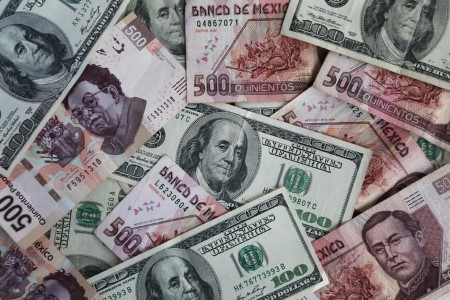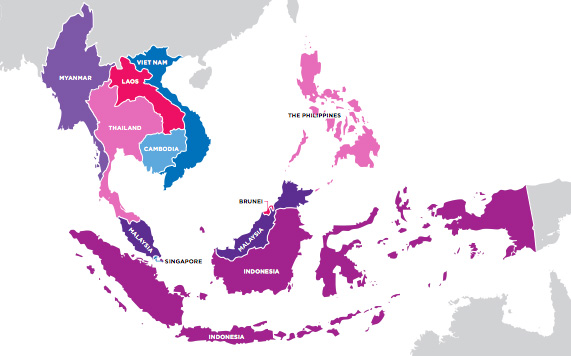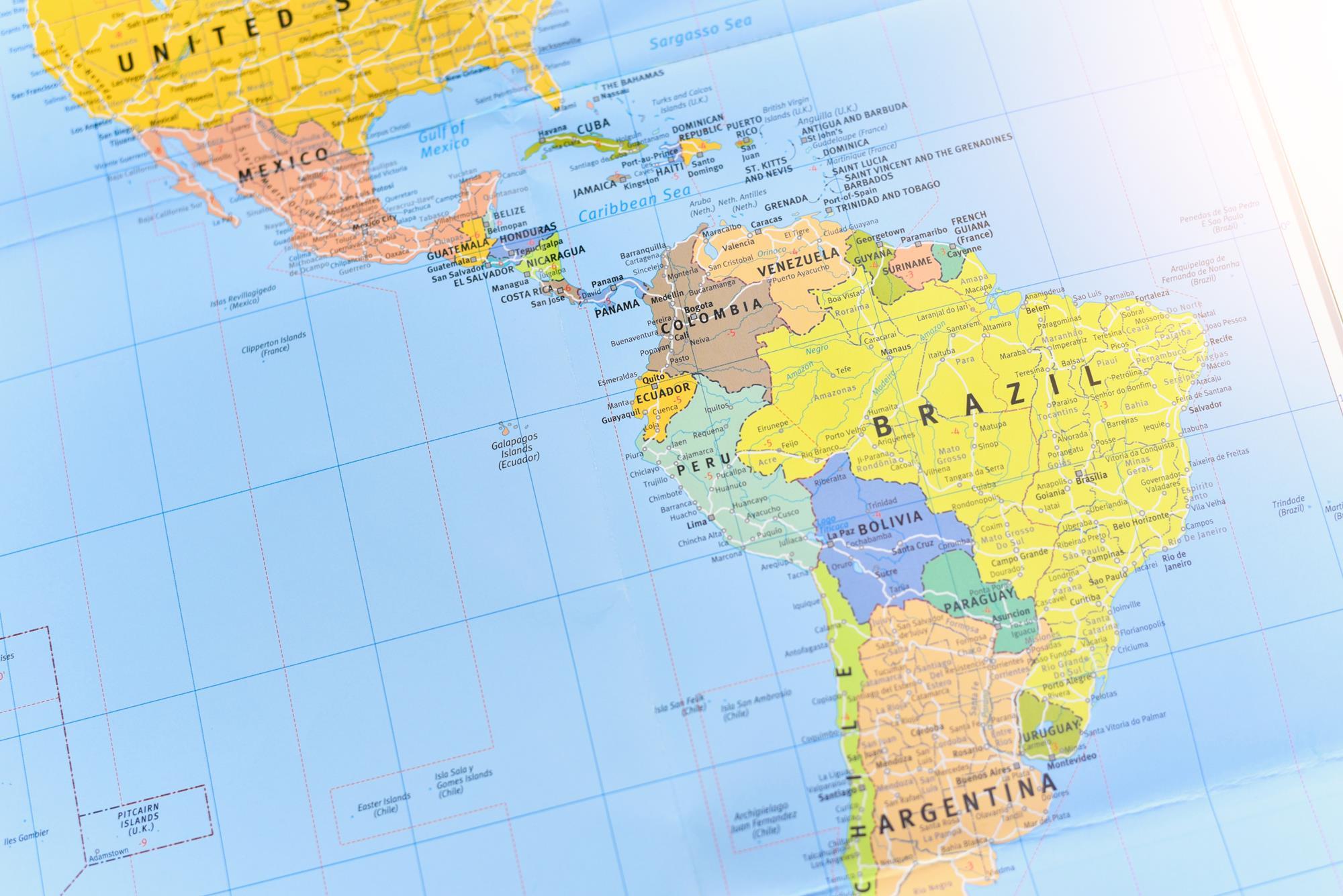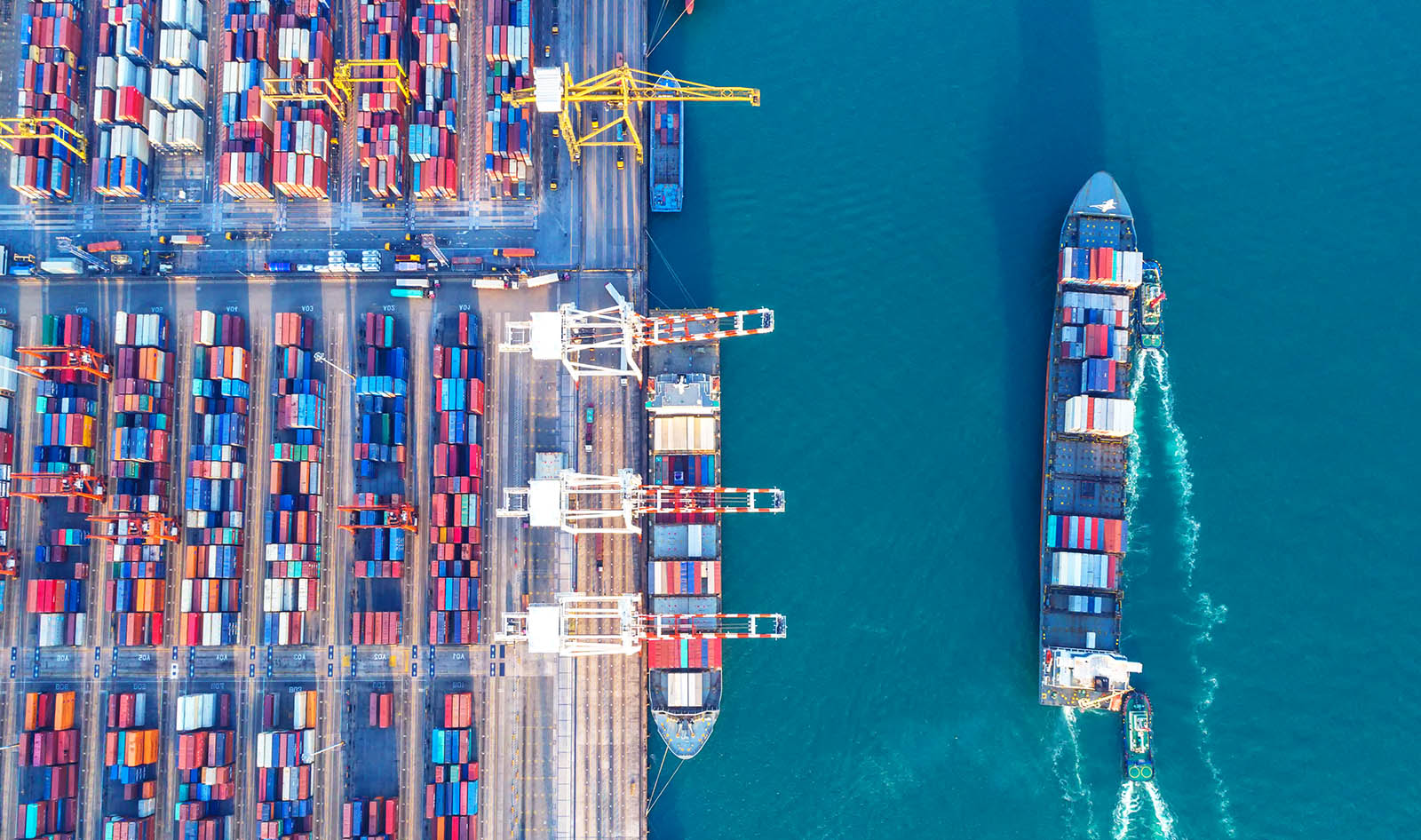NAFTA Renegotiation Expected This Year
The main factors currently impacting Mexico’s peso are the outlooks on NAFTA renegotiations and domestic politics, market analysts say. In addition, the future actions of the US Federal Reserve are weighing on the currency. Among these three, it is widely believed NAFTA negotiations carry the most significant weight for any peso forecasting. And given that the tone of such negotiations has somewhat improved, both the spot and the forecast for the USD/MXN have come down, with the peso gaining some strength.

US Commerce Secretary Wilbur Ross has given first indications regarding NAFTA and thus has helped the peso by decreasing tail risks. For example, during his first two interviews after being confirmed as Commerce Secretary, Ross seemed to give a clear signal by stating that NAFTA negotiations are likely to be ‘sensible’ and that he expects ‘real’ negotiations to start in late 2017 and last about one year. “In our view, these comments effectively decrease tail risks for the peso,” Benito Berber, senior Latin America strategist with Nomura Securities in New York wrote in a note to clients. “This means that dollar/peso levels above 23 by end-2017 seem unlikely.”
The change in tone between Ross’ comments and Trump’s campaign rhetoric striking. It would seem that Ross thinks NAFTA can be improved by tightening the rules of origin and adding chapters to the treaty on the following topics: digital economy, services, and energy.
The US has a trade surplus in services with Mexico of US$10 billion per year [source: US Census Bureau]. This is rarely mentioned by the Trump administration, which instead tends to focus on the US trade deficit of goods with Mexico of US$60 billion annually [source: US Census Bureau]. In short, negotiations are likely to center around adding chapters instead of revising the entire 20-chapter treaty. Ross has also expressed in interviews the need to stabilize the dolllar/peso, perhaps realizing that a stronger USD (weaker MXN) would not help the US manufacturing sector.
Political Risk A Reality
Andres Manuel Lopez Obrador (AMLO) from the left-leaning party MORENA, will be a moderate president if elected in 2018, analysts say. He is also likely to be fiscally responsible and respect the independence of the central bank. However, his widely known stance of not continuing with the country’s energy reform coupled with his negative views of it bring to mind the PRI of the 1970s, coupled with the general perception of unpredictability. All of which could translate into a sell-off in the markets if he continues to do well in polls.
He is now narrowly ahead in the polls with 33% of voters’ preference, followed by the PAN with 27% and the PRI at 20% (source: El Financiero, January 31). However, these polls also indicate that around 40% of voters currently remain undecided.
“Based on these polls, we think the 2018 election could be very close,” said Berber.








